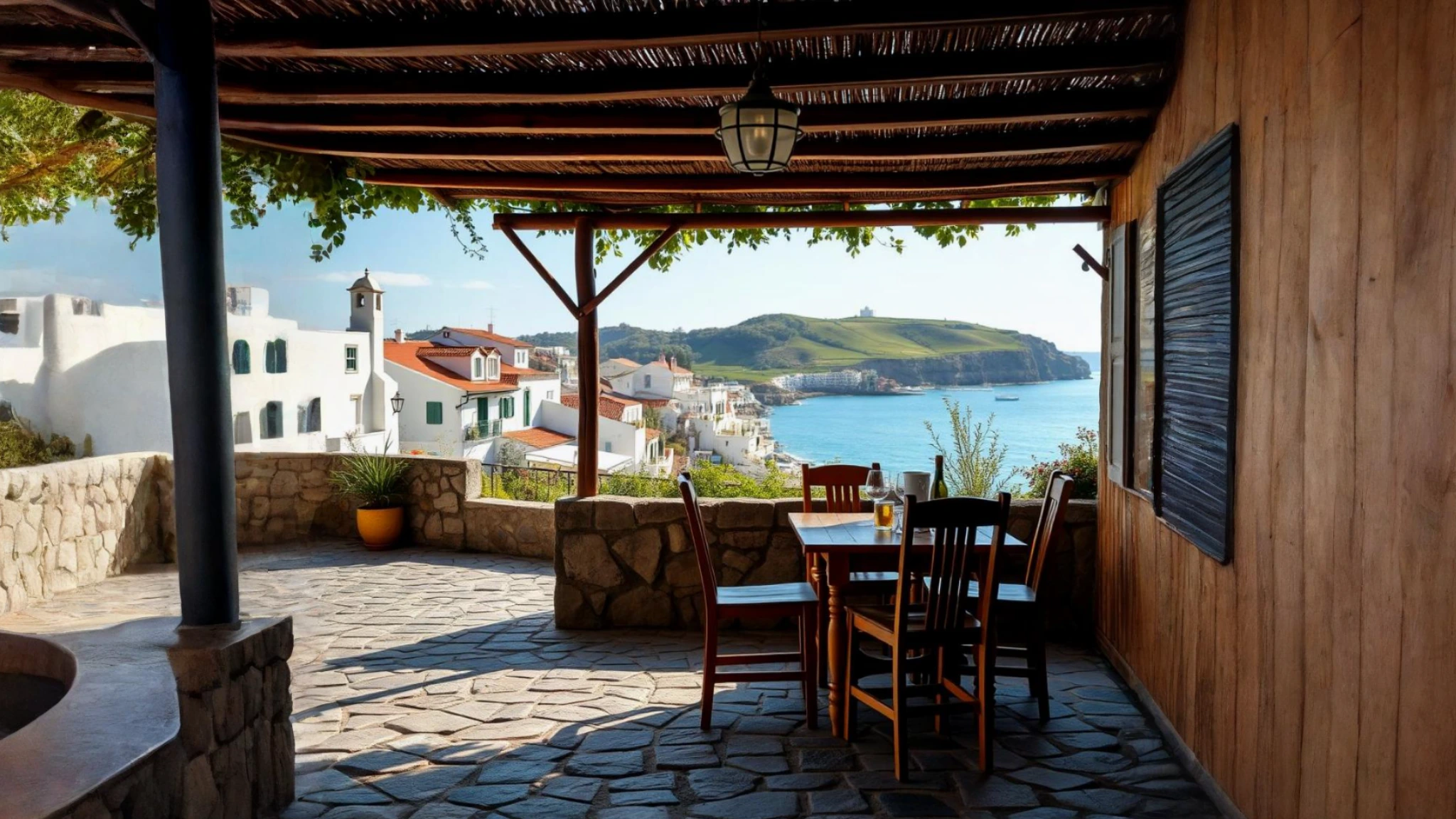Your Camino Food Guide Begins Here
Looking for a true Camino food guide? Whether you’re preparing your pack or already halfway through your pilgrimage, the Camino offers a feast for your senses. Alongside ancient trails and coastal breezes, you’ll discover flavors rooted in both Portuguese food and Spanish food traditions. From savory seafood stews to delicate pastries, every region invites you to sit, taste, and savor.
In the first hundred steps of your Camino, expect real food made with real ingredients. This journey nourishes both the body and the soul.
Essential Camino Food Insights: What Every Pilgrim Should Know
- Typical Cost per Meal: Between €10 and €15 for a full menu
- Meal Composition: Expect a structured meal with a starter, main course, dessert, and a drink (usually wine or water)
- Core Ingredients Used: Atlantic seafood, salted cod, potatoes, kale, olive oil, country-style bread, paprika
- Popular Drinks Along the Way: Vinho Verde and Port in Portugal, Albariño in Galicia, and traditional coffee styles in both regions
- Best Spots to Experience It: Local taverns (tascas), bakeries (panaderías), octopus houses (pulperías), and open-air village markets
What Kind of Food Awaits Pilgrims?
Fresh and Regional
Nearly everything is locally sourced. Restaurants and albergues serve produce from nearby farms and seafood from the Atlantic coast.
Honest and Nourishing
Grilled fish, rustic soups, roasted meats, and slow-cooked stews are staples. Simple, satisfying meals that fuel every kilometer.
Accessible to All Budgets
The “Menu do Peregrino” offers great value: three courses, bread, water, and often wine for around €12.
- Learn how to protect your feet with the right gear in our Complete Footwear Guide for the Portuguese Coastal Way
- Find the right gear setup in our guide to How to Choose the Best Backpack for the Camino de Santiago
Portuguese Food: What to Eat and Where to Try It
1. Francesinha
A stacked sandwich of steak, ham, and sausage covered in cheese and spicy beer sauce. Where: Café Santiago, Porto
2. Pastel de Nata
Portugal’s signature custard tart: flaky, golden, and perfect with espresso.
Where: Manteigaria in Porto, or any quality bakery
3. Caldo Verde
A smooth potato and kale soup with smoky chouriço. Where: Traditional tascas from Viana do Castelo to Caminha
4. Bacalhau à Brás
Salted cod with eggs, onions, and crispy potatoes. Where: Diners in Vila do Conde and Esposende
5. Arroz de Marisco
Seafood rice simmered in tomato and herbs: Portugal’s answer to paella. Where: Viana do Castelo and Vila do Conde restaurants
Spanish Food: Galician Traditions to Savor
6. Pulpo a la Gallega
Octopus slices drizzled with olive oil and paprika. Where: Pulperías in Oia, Baiona, or Santiago
7. Zamburiñas
Grilled small scallops with garlic and olive oil. Where: Vigo and Redondela seafood houses
8. Empanada Gallega
Savory pastry filled with tuna, meat, or vegetables, perfect for the trail. Where: Panaderías in Galician towns
9. Tortilla Española
Dense potato-and-onion omelet, served warm or cold. Where: Tapas bars across Galicia
10. Pimientos de Padrón
Fried green peppers: most are mild, some spicy. Where: Padrón and Santiago de Compostela
11. Tarta de Santiago
Almond cake topped with powdered sugar and the St. James cross. Where: Best enjoyed upon arrival in Santiago
What to Drink Along the Camino
Portuguese Wines
- Vinho Verde: Light, fizzy, ideal for seafood
- Port Wine: Rich and sweet, best in small sips
Spanish Wines
- Albariño: Crisp white, excellent with fish
Traditional Regional Drinks
- Queimada: A Galician aguardiente drink lit on fire in a ritual ceremony
- Coffee Traditions: Order a Galão in Portugal or Café con Leche in Spain
Eating Well on a Budget
- Choose family-run cafés and local taverns
- Buy fresh fruit and snacks at village markets
- Stick to Pilgrim Menus for cost-effective meals
- Bring a reusable container to pack leftovers
Food on the Camino: Myths vs. Reality
“Is it all bread and ham?”
Not at all. Dishes vary greatly from region to region and reflect deep culinary traditions.
“Do I need to carry food every day?”
No. Most stages offer access to food every few hours. Pack light and enjoy local stops.
“Can vegetarians eat well on the trail?”
Yes. Both Portugal and Spain offer plenty of vegetable-based soups, tortillas, and grain dishes.
Final Thoughts: Taste the Camino, Savor the Culture
As you move through towns and terrain, food becomes more than fuel. It becomes part of the story. Every bite reveals the customs of Portugal and Spain, each dish connecting you more deeply to the land and its people.
Let the Camino feed not just your body, but your memory. From the crisp peppers of Padrón to the warm tart in Santiago, the culinary path is as rich as the one beneath your feet.






